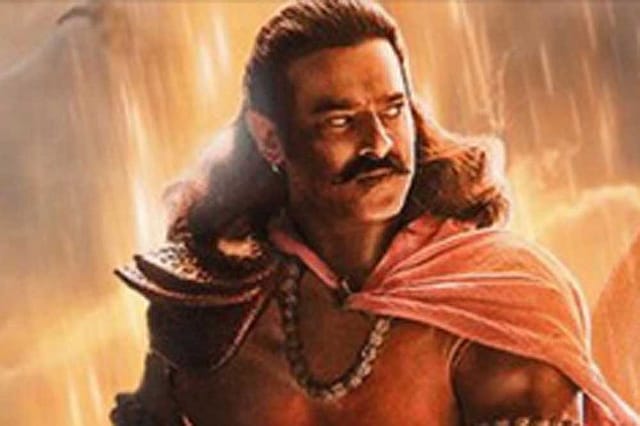Watch Your Creative Step

AK RAMANUJAM IN his essay 'Three Hundred Ramayanas' lists the many ways in which the myth has been retold during its extraordinary spread. He says: "Just a list of languages in which the Rama story is found makes one gasp: Annamese, Balinese, Bengali, Cambodian, Chinese, Gujarati, Javanese, Kannada, Kashmiri, Khotanese, Laotian, Malaysian, Marathi, Oriya, Prakrit, Sanskrit, Santali, Sinhalese, Tamil. Telugu, Thai, Tibetan—to say nothing of Western languages. Through the centuries, some of these languages have hosted more than one telling of the Rama story. Sanskrit alone contains some twenty-five or more tellings belonging to various narrative genres [epics, kavyas or ornate poetic compositions, puranas or old mythological stories, and so forth]. If we add plays, dance-dramas, and other performances in both the classical and folk traditions, the number of Ramayanas grows even larger."
When the movie Adipurush gets a backlash because of the liberties it takes with the dialogues in its telling of the Ramayana, you have to ask: just what is it that it is not being true to? In every retelling of the epic, something is added, interpreted or removed. Between Valmiki and Tulsidas, there is an enormous gulf of interpretation and both remain just as legitimate. The Ramayana is not a static text, it becomes relevant to the present because it allows for new authors to bring in their versions. It jumped mediums effortlessly, first with movies and then into television with the Ramanand Sagar version, which also is his vision of what the story should be. More have followed since then, until Adipurush.
2026 New Year Issue
Essays by Shashi Tharoor, Sumana Roy, Ram Madhav, Swapan Dasgupta, Carlo Pizzati, Manjari Chaturvedi, TCA Raghavan, Vinita Dawra Nangia, Rami Niranjan Desai, Shylashri Shankar, Roderick Matthews, Suvir Saran
The movie might be clumsy and silly but that is how the overwhelming number of movies that hit the screen in India are. That the way some characters speak reek too much of pedestrian Bollywood fare can't be a basis for demanding that such a movie should never be made. Otherwise there can only be one version of the Ramayana but without specifying what that is. Perhaps the model being asked for is the Ramanand Sagar one, but what makes that the authentic one?
The irony here is that the filmmakers were catering to precisely the same people who are now against them. They made the rounds of the political and cultural personalities identified with Hindu leadership. They cosied up in the right direction on media and social media, said all the appropriate things. And, even now, there is hardly any claim that the dialogues outrightly insult the text, just that it is crass and, therefore, unworthy.
You can get a sense of how the tide has turned against Adipurush in bizarre headlines that say the movie made `400 crore, and how it has bombed despite acknowledging this number. Even the meaning of hits and flops can be relative once the public relations battle is lost. What this episode tells us most is what we have known all along—venture into areas like mythology or history with movies or books at your own risk. There is no predicting what is right or who will take offence.
